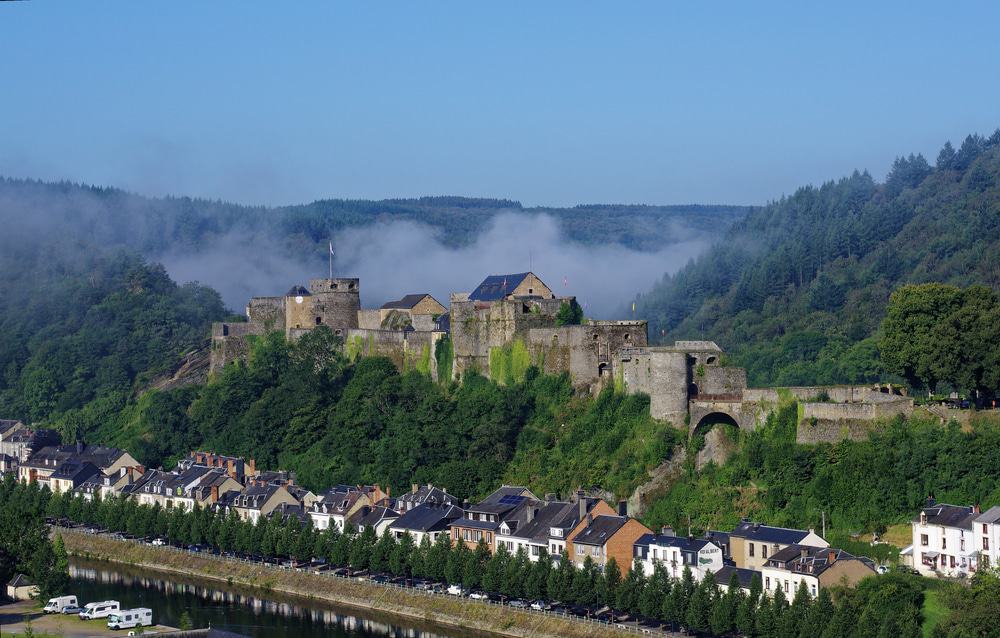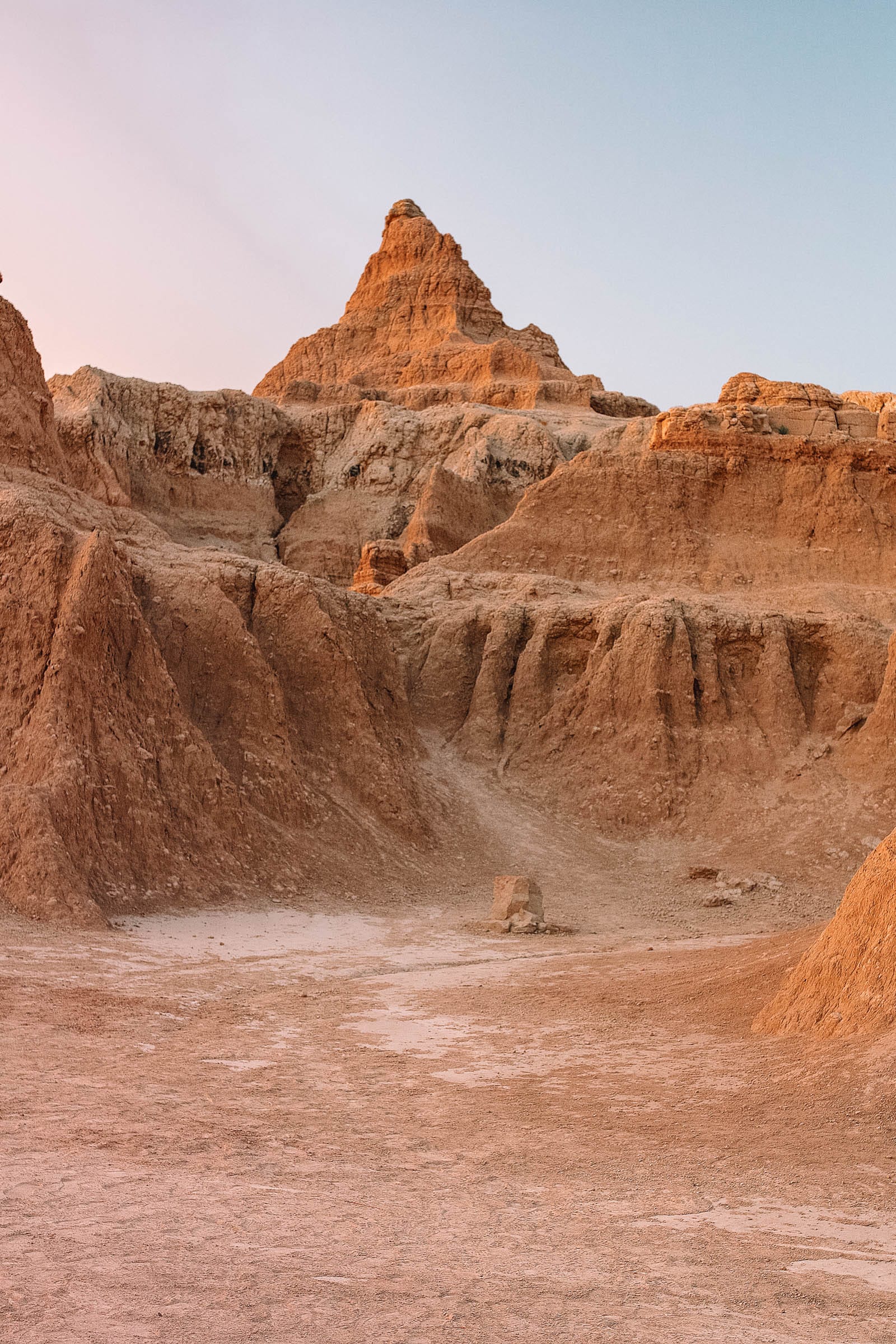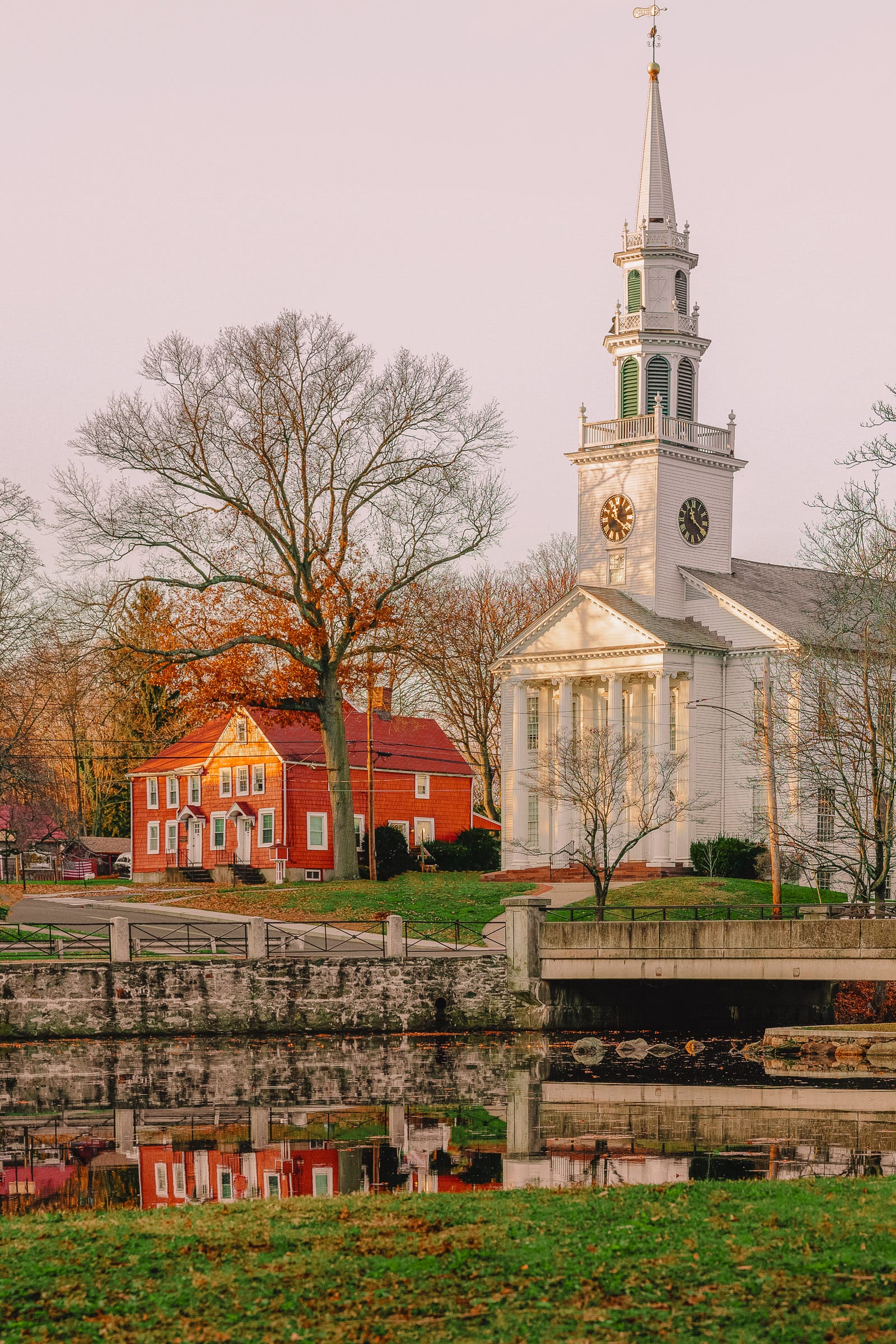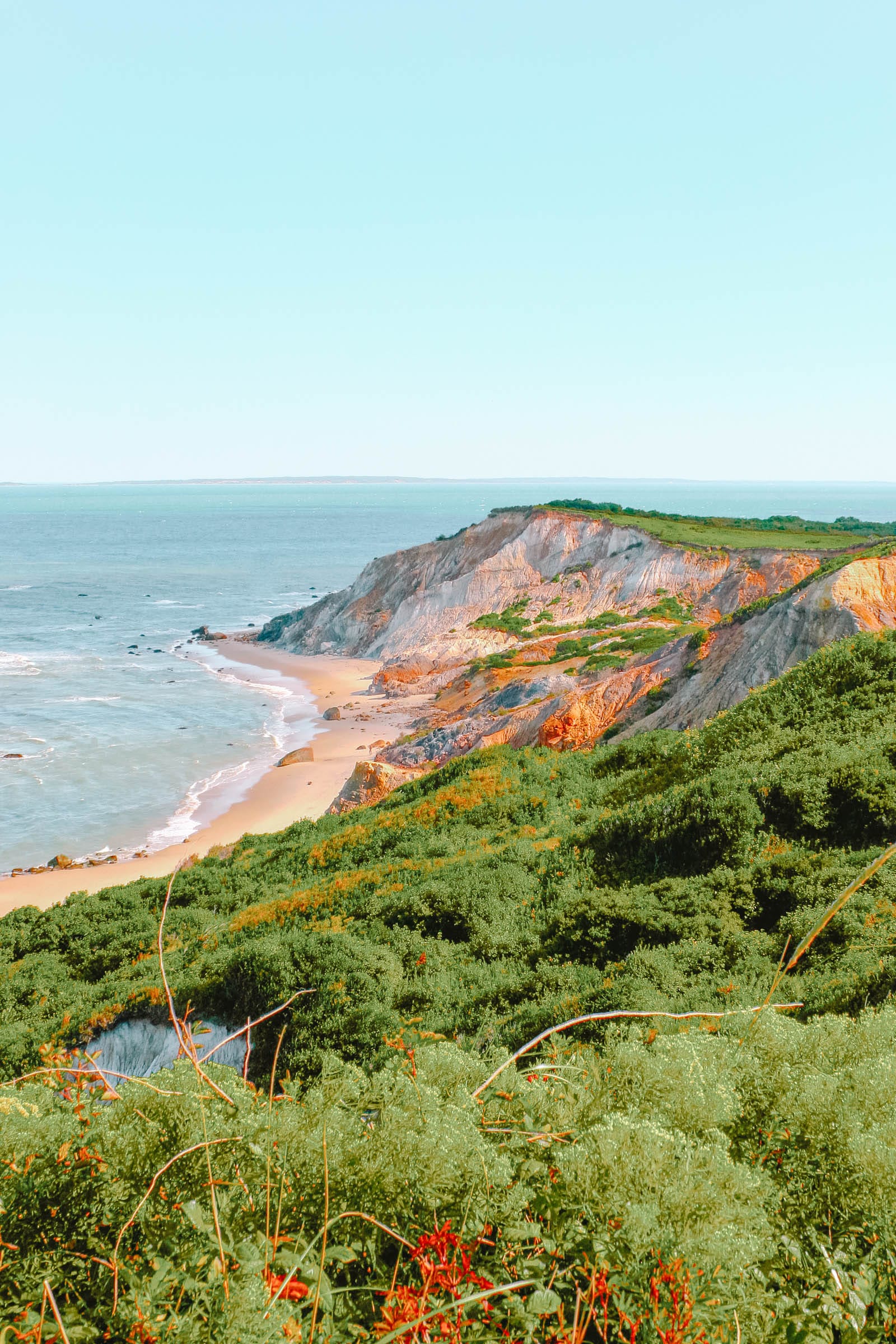Summary of Semois River Attractions
- Castle of Bouillon
- Bouillon Belvedere
- Musée Ducal
- Le Tombeau du Géant
- Archéoscope Godefroid de Bouillon
- Abbaye Clairefontaine
- Point de Vue Frahan
- La Ferme des Fées
- Agri-Musée
- Le Musée du Tabac de la Semois
- Église Saints-Pierre-et-Paul
- Bouillon Wildlife Park
- Semois Kayaks
- Liaison des deux châteaux Sedan-Bouillon
- La Route des Fortifications
Upon its winding journey through the Ardennes, the Semois River has sculpted some of Belgium’s most renowned landscapes.
The vistas overlooking the vast meanders at Bouillon, Frahan, and Le Tombeau du Géant are truly timeless.
For centuries, the peninsulas formed by the river have provided strategic defense points, advantageous for a city positioned at a critical crossroads between Reims, Liège, and Aachen.
The Castle of Bouillon, situated on the rocky promontory of Bouillon’s river bend, carries over a millennium of history, harkening back to the crusader King of Jerusalem, Godfrey of Bouillon, and modifications made by the French military engineer Vauban to accommodate 17th-century warfare.
1. Castle of Bouillon

A fortification has existed at Bouillon’s ridge since ancient times, guarding the narrowest segment of the peninsula.
The earliest record of the Castle of Bouillon dates back to 988, although the age of the site extends back several centuries, featuring chambers and tunnels carved from rock.
The current version of the castle is primarily attributed to the efforts of the French military engineer Vauban during the territorial expansions under Louis XIV in the 17th and 18th centuries.
During your visit, you will discover the castle’s impressive capacity to withstand sieges, complete with access to a water source and a complex network of tunnels reaching 30 meters deep to supply provisions from the riverside.
Explore the intricate tunnels and passageways, leading you to dungeons lined with historical weaponry and breathtaking views from the parapets.
2. Bouillon Belvedere

On the north bank, accessible by vehicle or on foot through the forest, lies an observation tower offering a spectacular view of the city.
From here, you can gaze upon Bouillon and the castle embraced by the Semois River, stretching your sight over the verdant Ardennes.
The tower stands over 30 meters high, reaching a total elevation of 385 meters above sea level, and 180 meters above the river.
With 161 steps leading to the upper platform, your efforts will be rewarded with stunning views.
This upper section of the valley also played a crucial role in medieval communication, receiving signals from the north and west via church towers on the plateau at Paliseul and Bertrix.
3. Musée Ducal

Offering a striking view across the Semois, the Ducal Museum resides within two historically protected buildings from the 17th and 18th centuries.
The older structure is the Maison du Gouvernement Bouillonnais, which served as the residence for officers affiliated with the castle.
The museum’s galleries provide a comprehensive journey through over a millennium of local history, addressing the 11th-century crusader Godfrey of Bouillon, the printing industry, iron and steelmaking that put the city on the map, and the craftsmanship of local artisans through the ages.
A highlight of the collection is a plan-relief, a detailed military model of the city and its surroundings from 1689. Visitors will also gain insight into traditional Ardennes living spaces, along with artworks from regional artists such as Guillaume Edeline (1902-1987) and Albert Raty (1889-1970).
4. Le Tombeau du Géant

Positioned at another bend of the Semois, you will encounter one of the most esteemed views in Belgium.
The Le Tombeau du Géant can be observed from the north bank of the river outside the village of Botassart.
The landscape features a wooded scene, with grassy meadows along the crest of the river loop and limited signs of civilization in the vicinity.
The term “Tombeau du Géant” (Tomb of the Giant) is derived from the wooded ridge that extends for 30 meters along the peninsula’s spine.
This ridge features neat triangular contours reminiscent of a coffin.
Benches are available at the viewpoint, and the scene is particularly enchanting under a typical layer of Semois mist.
5. Archéoscope Godefroid de Bouillon

A descendant of Charlemagne, Godfrey of Bouillon (1060-1100) served as Count of Boulogne and was educated in Bouillon by his uncle Godfrey IV (The Hunchback), Duke of Lower Lorraine and Lord of Bouillon.
Following the death of Godfrey IV in 1076, his nephew inherited his titles.
As one of the commanders during the First Crusade, he successfully recaptured Jerusalem and the Holy Sepulchre, reputedly constructing a siege tower using ship timbers.
He became the first King of Jerusalem in 1099, dying the following year during the Siege of Acre.
The Archéoscope, located in the former Convent of the Sépulcrines, features a multimedia presentation and exhibition focused on Godfrey of Bouillon, the First Crusade, and the Ducal Castle.
6. Abbaye Clairefontaine

Following the Semois downstream for a few minutes will lead you to a Cistercian monastery nestled in a picturesque riverside setting.
Originally established near Arlon in Belgium and dissolved during the French Revolution, Abbaye Clairefontaine was re-founded in 1845 near Chartres and later relocated to its current site in the 1930s.
The architectural design by Henri Vaes represents a harmonious blend of modern and Gothic elements.
Vaes is also known for his design of Orval Abbey, another monastery dissolved in the late 18th century.
The church is open for public visits, allowing participation in the prayers of the Trappistine sisters.
Artistic frescoes adorn the cloisters leading to the church, while the stained glass is crafted by noted artisans Eugeen Yoors and Florent-Prosper Colpaert.
Visitors can stop by the abbey shop for homemade cookies, silk screen paintings, and ceramics.
7. Point de Vue Frahan

If the river’s meandering beauty captivates you, another stunning viewpoint awaits in the village of Rochehaut, gazing south towards Frahan.
This historically significant settlement is encircled by the river loop, with a wooded hill defending it to the south.
During medieval times, the hill was crowned by a castle, Château de Montragut, remnants of which remain visible.
At this location, you can take in the scene through a coin-operated telescope, enabling you to pinpoint old tobacco dryers and quaint farms.
8. La Ferme des Fées

The countryside surrounding Bouillon offers a glimpse into the enchanting realm of legends and folklore.
This area, rich with tales of fairies, dryads, witches, and elves, invites exploration at this quaint attraction located in Les Hayons.
Marie-Laure and Michel welcome you into their workshop, home to a plethora of hand-carved and painted quarter-scale figurines.
Additionally, intriguing dioramas depict various aspects of life in the Semois Valley, showcasing bakers, washerwomen, potters, shepherds, woodcutters, the parish priest, and more.
9. Agri-Musée

The agricultural heritage of the Semois Valley is showcased in this museum, located a short distance away in Rochehaut.
At the Agri-Musée, visitors can engage with 20 meticulously arranged exhibits, enhanced with effective lighting and sound effects.
Among the re-created scenes are a dairy, the interior of a farmhouse, and depictions of traditional festivities in the region.
Most displays feature original costumes, tools, machines, and appliances from the 19th and 20th centuries, many of which remain operational.
The grounds also encompass an animal park featuring native domestic and wild species found in the Semois Valley, including Ardennes sheep, Belgian draft horses, Ardennaise roosters, Belgian blue cattle, and mouflons.
10. Le Musée du Tabac de la Semois

Semois has become synonymous with the tobacco industry that flourished along the river in the latter half of the 19th century.
Semois tobacco thrived in the poor, acidic Ardennes soils, characterized by its brown color and distinctive aroma, influenced by the valley’s humid climate and unique processing methods.
By 1910, approximately 400 hectares were dedicated to tobacco cultivation, amounting to over nine million plants.
While production has diminished to a few remaining growers, scattered throughout the valley, remnants of old tobacco dryers still exist in villages like Frahan.
For those interested in learning more about this industry, a visit to the atelier museum in Corbion reveals equipment from the early 1900s, still operational, that guides visitors through the traditional tobacco production process from seed to pipe.
Additionally, a rare collection of antique pipes and pipe stands is available for viewing.
11. Église Saints-Pierre-et-Paul

Situated in the heart of old Bouillon, the parish church exemplifies Neoclassical architecture, constructed in 1848 using sandstone, schist, and limestone.
Dedicated to Saints Peter and Paul, it occupies the site of a former Augustinian college and merits a visit if the door is open while you are in the area.
A notable feature includes paintings at the entrance depicting the legend of Godfrey of Bouillon.
Inside, the church reveals a three-aisled nave and a semicircular apse.
Paintings illustrating the gospel and the life of Jesus adorn the interior walls.
12. Bouillon Wildlife Park

Located on the eastern slope of the town, this zoological attraction is set amid hilly terrain.
Here, more than 500 animals representing a wide array of species are housed in naturalistic settings, including zebras, tigers, wallabies, white lions, reindeer, pygmy goats, mandrills, llamas, ostriches, highland cattle, baboons, emus, and capybaras.
Visitors can observe the animals along a two-kilometer walking trail.
For children, a large adventure playground equipped with soft wood chips complements the hilly landscape.
The park also features a restaurant with a relaxed outdoor terrace, suitable for enjoying meals, drinks, or snacks.
13. Semois Kayaks

Despite the Semois having carved a breathtaking valley through the Ardennes, the river remains tranquil, especially during prolonged dry periods in summer.
Consequently, even novice kayakers can comfortably paddle downstream to appreciate the valley’s lush banks and dense wooded slopes.
A few rapids along the way will add excitement to your journey, providing more fun than fear.
Semois Kayaks offers various itineraries, including two options departing from the city: Bouillon to Poupehan-sur-Semois (approximately 3 hours and 30 minutes) and Bouillon to Frahan (around 5 hours). After reaching your destination, a complimentary shuttle service will transport you back to Bouillon.
14. Liaison des deux châteaux Sedan-Bouillon (The Two Castles Trail)

Fifteen kilometers from Bouillon, you will find the city of Sedan, located on the Meuse River, which is guarded by a monumental castle.
Sedan’s historical ties with Bouillon trace back to the Treaty of Verdun in 843, when the Carolingian Empire was divided.
Covering 30,000 square meters and spanning seven stories, the Castle of Sedan is purported to be the largest feudal castle in Europe.
Crossing the Ardennes on foot to visit Sedan is remarkably feasible, as the two cities were historically connected by the railway line known as “Le Bouillonnais.” This route has been transformed into a greenway, perfect for a two-day hike or a shorter cycling adventure that will leave a lasting impression.
The railway line, established in 1910 to support the spinning mills in the Givonne Valley, features plenty of old industrial architecture to discover along the route.
15. La Route des Fortifications

For those wishing to explore by car, Bouillon marks the beginning of a 570-kilometer, 22-stage historical driving route weaving through the Ardennes.
This region has been a stage for significant events influencing the fate of Western Europe throughout the ages.
La Route des Fortifications presents a journey spanning 2,000 years, from Roman encampments to the Maginot Line, incorporating star-shaped fortified towns and Medieval castles perched on the dramatic landscape.
At each stop, you will find a rich tapestry of myths and legends, along with authentic stories of sieges, looting, massacres, political marriages, and alliances.
If your time is constrained, consider a shorter loop to Sedan via Virton to the southeast.
Throughout this excursion, you will encounter ruins of ancient castles, centuries-old forges, archaeological remnants from historic forts, citadels, Maginot line fortifications, and the imposing Castle of Sedan.




